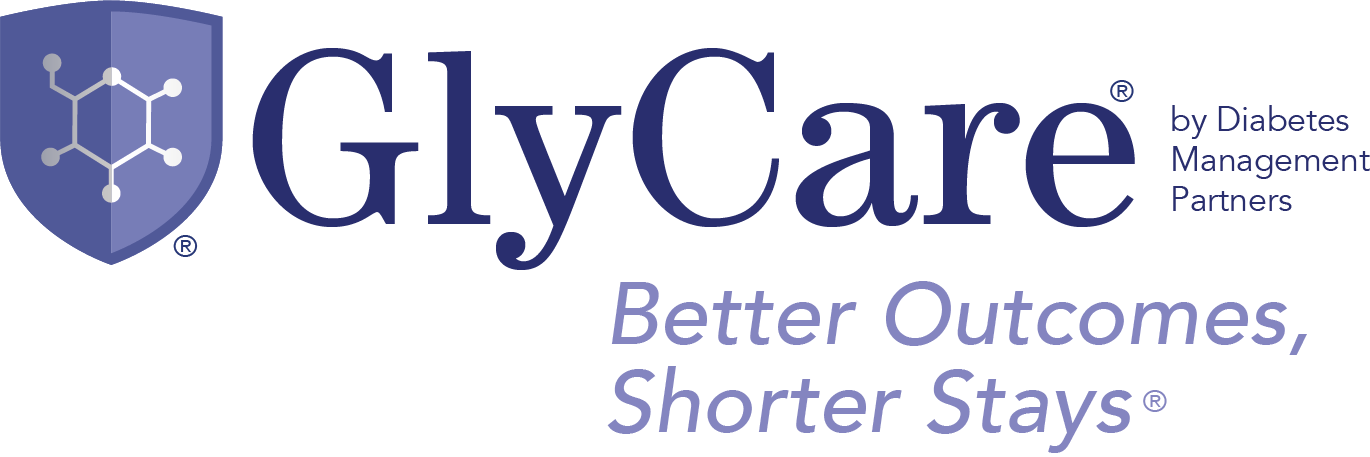Understanding Prediabetes and Associated Risk
Identifying the Risk Factors of Prediabetes and How to Manage It
By Jennifer Peterson, DNP, APRN, LMT, FNP-BC
88 million people or 34.5% of the U.S. population has prediabetes. That is a staggering number; however, 80% do not even know they have prediabetes as it often does not produce any symptoms. Prediabetes is diagnosed when blood sugar levels are higher than they should be but not high enough to diagnose diabetes. Prediabetes comes along with an increased risk of developing type 2 diabetes, heart disease, and stroke. Without taking appropriate action, prediabetes can develop into type 2 diabetes within five years.
Who is at risk?
Prediabetes can be present for years without symptoms, going undetected until serious health problems emerge such as type 2 diabetes. Consider getting tested if any of the following apply:
Overweight
Age 45 or older
Having a parent or sibling with type 2 diabetes
Sedentary lifestyle – active less than 3 times per week
Polycystic ovary syndrome (PCOS)
Personal history of diabetes while pregnant (gestational diabetes)
Belong to a minority group – African Americans, Latinos, American Indians, Pacific Islanders, Asian Americans
The CDC has a quick online test to find out if you are at risk for prediabetes.
How is it diagnosed?
There are several tests that can be performed and any one of them can provide a diagnosis. A fasting blood test will reveal a fasting glucose level which is positive for prediabetes when it is 100-125 mg/dL. Another blood test is the A1C which measures your average blood glucose over a 3 month time period and is positive at 5.7-6.4%. A 2-hour oral glucose tolerance test is positive at 140-199 mg/dL. The higher the result of any of these tests, the greater the risk of developing type 2 diabetes.
What can be done?
Losing weight, getting regular physical activity (150 minutes per week), and modifying dietary choices have proven to be the most effective intervention for prediabetes. In fact, lifestyle modifications can reduce the risk of developing type 2 diabetes by 58% (71% over age 60)!
How Glycare can help
GlyCare is a team of dedicated, endocrinologist trained and supervised, diabetes mid-level providers who care for patients’ glycemic abnormalities. They work in conjunction with patients, physicians, nurses, and staff to ensure proper blood glucose management. The team can expedite glucose control and subsequently ensure it stays within goal range. Patients with prediabetes and diabetes need proper support, guidance, and safe medication planning.
About the author
Dr. Jennifer Peterson, Nurse Practitioner, is the Director of Quality Assurance and Integration for GlyCare. She has years of experience managing diabetes for patients in the hospital and now trains other nurse practitioners to do the same. Dr. Peterson also ensures GlyCare provides high-quality services for all patients through a quality review program she created.
References
Centers for Disease Control and Prevention. National Diabetes Statistics Report, 2020. Atlanta, GA: Centers for Disease Control and Prevention, US Department of Health and Human Services; 2020.
Centers for Disease Control and Prevention. (2020). Prediabetes – Your Chance to Prevent Type 2 Diabetes.
National Institute of Diabetes and Digestive and Kidney Diseases. (n.d.) Recommended Tests for Identifying Prediabetes.
Learn more about partnering with GlyCare for a turn-key diabetes management service. For more information on how to incorporate either in-person or virtual diabetes management, contact us today.

